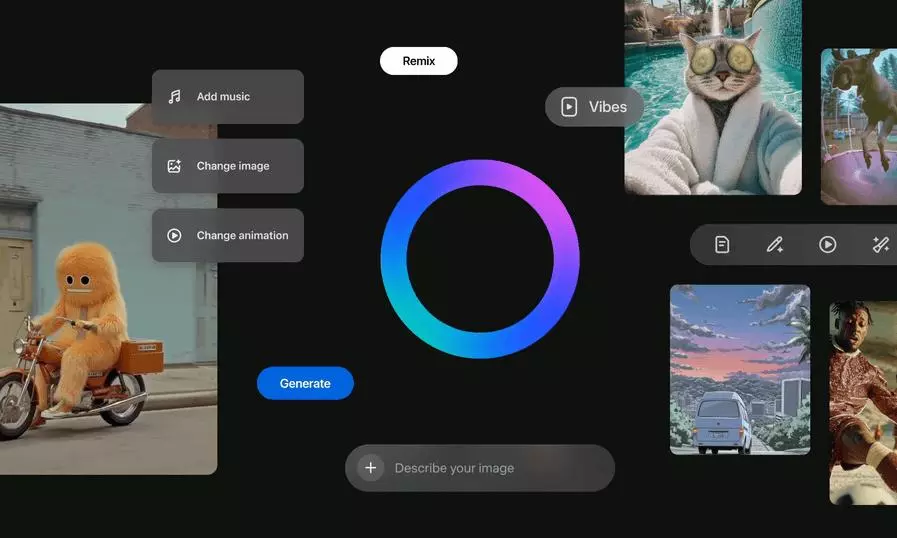In mixing, we always strive to create something exciting that moves the hearts of people, that connects with them. It’s a highly creative task, but it can also be very technical. No wonder we often use the term “mixing engineer” to emphasize the technical side of the process.
When working on a song or any other type of production, we try to make audio sources sound their best. After all, how can we think creatively when there is an annoying sound getting in the way? To effectively eliminate such issues, we need to be able to identify them, understand what they are, and know what tools we can use to remove them.
Of course, not all humans perceive sounds exactly the same way. There’s a degree of subjectivity regarding what can be considered a “bad sound.” However, the human auditory system generally reacts similarly to especially annoying sounds, such as harsh sibilant sounds. These are the types of sounds that almost everybody considers unpleasant. It’s very easy to identify them once you hear those sharp “s” or “sh” sounds—you’ll probably want to do something about them.

There are many tools that can help you do that. Thankfully, we live in a digital world with an abundance of tools aimed at dealing specifically with sibilance. You can use dynamic EQ, multiband compression, dedicated de-essers, or simply lower the volume of sibilant sounds. All these tools are perfectly fine and capable of dealing with sibilance. Some of them require more manual labor like editing, while others are more automated, like a de-esser plugin. However, in some cases, they may not achieve the level of audio quality you desire.
That’s when you might want to start looking into automated plugins that intelligently analyze the audio spectrum and make adjustments based on very advanced algorithms.
Understanding Spectral Shaping
So, what is exactly spectral shaping? Spectral shaping is the art of manipulating the frequency content of an audio signal to achieve desired tonal characteristics, balance, and clarity. Think of it as a sculptor’s chisel for sound, capable of enhancing specific frequency ranges, attenuating unwanted resonances, and creating entirely new timbral textures. This process involves working in the frequency domain, where audio signals are analyzed and modified. This can involve various techniques to modify the spectral characteristics of the sound, such as boosting or cutting specific frequencies, altering the balance between different frequency components, or even creating entirely new spectral features.
Of course, all engineers shape the spectrum of audio sources within the mix just by applying an EQ or using multiband compression. Therefore, it’s important to add that when we talk about spectral shaping, most of the time we are referring to plugins that automatically manipulate the spectrum by intelligently identifying frequencies or resonances and altering them dynamically. By relying on such advanced and intelligent algorithms, we greatly decrease the amount of time we must spend battling those sibilant sounds, and we get better, more transparent results. Such plugins can be more precise, removing only what needs to be removed, unlike other processes that can be too heavy-handed when a more delicate approach is needed.
The Inner Workings of Spectral Shaping
So, how does this process work exactly? Well, it can vary from plugin to plugin, but let’s try to go through a general concept:
- Signal Analysis: The plugin starts by analyzing the frequency content of the signal.
- Detection: If the plugin’s main goal is to remove resonances, it aims to identify problematic frequencies or resonances by looking for patterns in certain frequency ranges.
- Dynamic Adjustment: Once the plugin identifies the issues, it applies dynamic adjustments to the signal. In many cases, plugins change the amplitude of these resonances, much like a very precise multiband compressor or a dynamic EQ. Whatever technique is used to adjust the audio spectrum, adjustments are not static and are made in real-time.
The significant advantage of these plugins lies in their adaptive nature. They can adjust their processing with high precision based on the incoming signal. They continuously analyze the audio and adjust their behavior accordingly. Another key achievement of these plugins is transparency. The adjustments are designed to maintain the natural character of the audio while addressing the specific issues they target. The algorithms aim to enhance the sound without introducing noticeable changes or improving audio in ways that cannot be achieved with traditional tools.
Comparing Spectral De-Essing and Regular De-essing

Let’s take a look at one of these plugins called M-De-Esser by Techivation. It’s a very new plugin that uses a proprietary spectral shaping algorithm, which is supposed to be very precise and clean. Let’s test it and try to compare it with a traditional de-esser, starting with a light setting.
*Sample Audio Examples M-De-Esser vs Regular De-Esser: Vocal M-De-Esser Normal vs. Vocal Dyn3 Normal
Now, let’s explore a more extreme scenario. In most cases, if you apply too much de-essing to vocals, it can start to sound like the vocalist has a lisp. Let’s see what happens when we push a regular de-esser too far and compare it to a spectral de-esser like M-De-Esser.
*Sample Audio Examples Extreme Comparison: Vocal M-De-Esser Extreme vs. Vocal Dyn3 Extreme
When we push both plugins, the sound becomes less pleasant. However, with spectral shaping, we definitely don’t experience as many artifacts, allowing us to push it much further. The regular de-esser becomes unusable much earlier.
Spectral shaping doesn’t just control sibilant sounds, but also enhances the overall sound and spectral balance of the tracks. Let’s listen to a couple of examples before and after spectral de-essing.
*Sample Audio Examples Spectral Shaping Improvements: Vocal M-De-Esser Shaping Before vs. Vocal M-De-Esser Shaping After
Spectral shaping not only helps us achieve better results with day-to-day mixing tasks but also offers additional benefits, elevating the overall quality of tracks. It’s akin to the effect you sometimes get from running signals through certain pieces of analog gear to achieve a better sound. Analog gear has this almost magical ability to uncover pleasing aspects of audio signals, bringing them to the forefront. Similarly, spectral shaping helps remove unpleasant frequencies, revealing the best in your tracks. While the technical process may differ, the end result is smoother and more pleasing sound.
Try M-De-Esser for 14 days














































